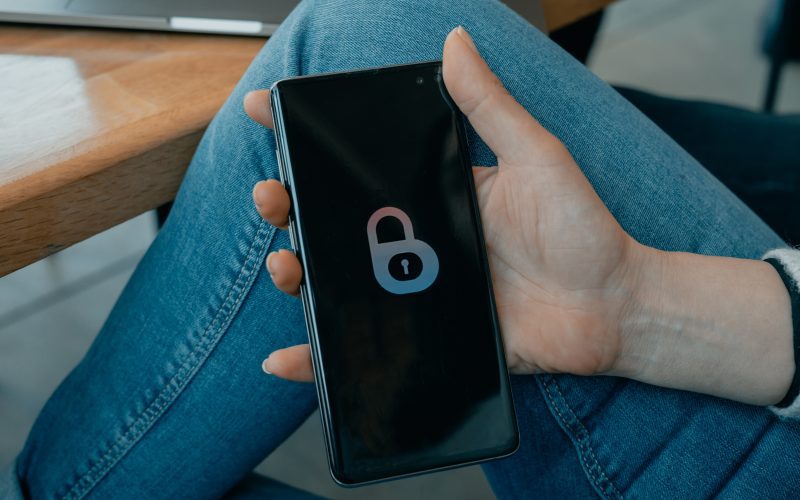In today’s digital age, our personal information is more vulnerable than ever before. From credit card numbers to social security numbers, everything we share online can be at risk of being exposed in a data breach. As technology advances, so do the tactics and tools cybercriminals use to steal our private data. But don’t worry – there are steps you can take to protect yourself from these threats! In this blog post, we’ll explore the world of data breaches and cybersecurity and provide you with practical tips for keeping your information safe. So buckle up and get ready to become a savvy defender of your own digital privacy!
What is a data breach?
In short, a data breach is when an unauthorized person gains access to sensitive, confidential, or proprietary information. This can be done through hacking, malware, phishing scams, and social engineering. Once the attacker has gained access to this information, they can use it for identity theft, fraud, and other malicious activities.
Data breaches have become more common in recent years as our lives move increasingly online. hackers are becoming more sophisticated in their methods, and companies are struggling to keep up with the latest cybersecurity threats. As a result, we are seeing more and more high-profile data breaches making headlines.
While no one is completely immune to the risk of a data breach, there are steps you can take to minimize your chances of becoming a victim. First and foremost, you should always be aware of the latest cyber threats and how to protect yourself against them. You should also make sure that your personal information is only shared with trusted sources. Finally, if you do become a victim of a data breach, you should know how to quickly report it so that you can limit the damage caused.
How do data breaches happen?
There are a number of ways that data breaches can occur. One common way is through phishing scams, where hackers send out emails that look like they’re from a legitimate source, but are actually designed to steal your information.
Another common way data breaches occur is through malware. This is when malicious software is installed on your computer without your knowledge and is used to collect your personal information.
Data breaches can also occur through poorly secured websites. If a website doesn’t have proper security measures in place, it’s possible for hackers to gain access to your personal information.
Finally, data breaches can happen when companies don’t properly secure their databases. If a company doesn’t have adequate security measures in place, it’s possible for hackers to gain access to sensitive customer data.
What are the consequences of a data breach?
There are a number of consequences that can occur as a result of a data breach. These can include identity theft, financial loss, damage to reputation, and legal action.
Identity theft is one of the most common outcomes of a data breach. This is where criminals gain access to personal information such as names, addresses, and social security numbers in order to commit fraud or other crimes. Financial loss can also occur if criminals gain access to bank account details or credit card numbers. This can lead to money being stolen from accounts or unauthorized charges being made to cards.
Damage to reputation is another potential consequence of a data breach. This is because it can erode trust in an organization if it is seen as unable to protect people’s personal information. Legal action may also be taken against an organization if it is found to have been negligent in protecting people’s data.
How can you prevent data breaches?
The most important thing you can do to prevent data breaches is to educate yourself and your employees about cybersecurity. Make sure everyone knows the basics of how to keep their computer systems and networks secure. Implement security measures such as firewalls, intrusion detection systems, and encryption to make it more difficult for hackers to access your data. Educate yourself and your employees on best practices for password management and online security. Keep your software up to date with the latest security patches. And finally, partner with a reputable cybersecurity firm that can help you identify vulnerabilities in your system and implement additional security measures.
Conclusion
The importance of cybersecurity and protecting your data should not be underestimated. Cyber threats are constantly evolving, so it’s important to stay up-to-date on the latest cyber security strategies and trends in order to keep your information safe from malicious attackers. By familiarizing yourself with what a data breach looks like, learning how to recognize suspicious activity online, backing up your data often, using strong passwords, and understanding the different types of phishing attacks that exist today, you can take proactive steps towards defending yourself against potential cyber threats and keeping your personal information secure.











